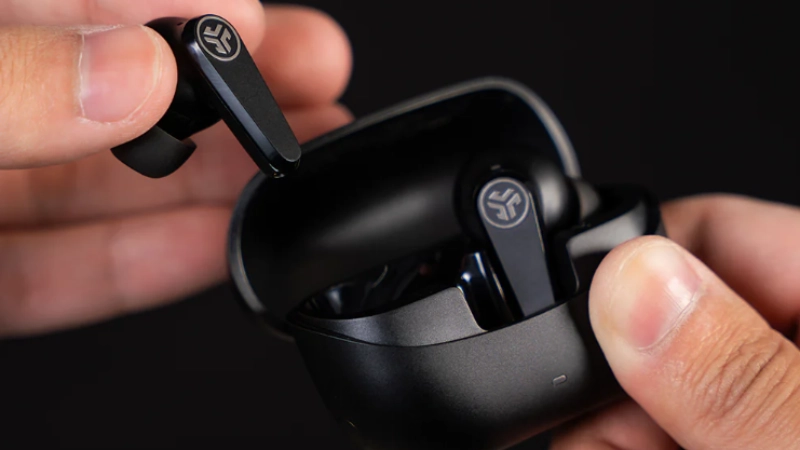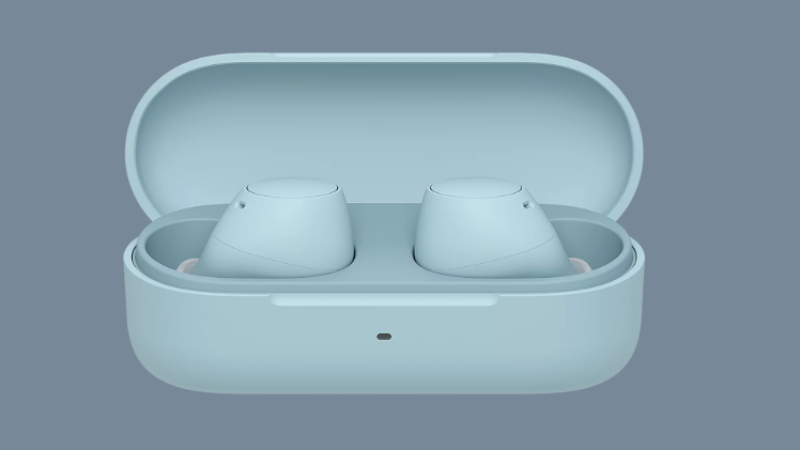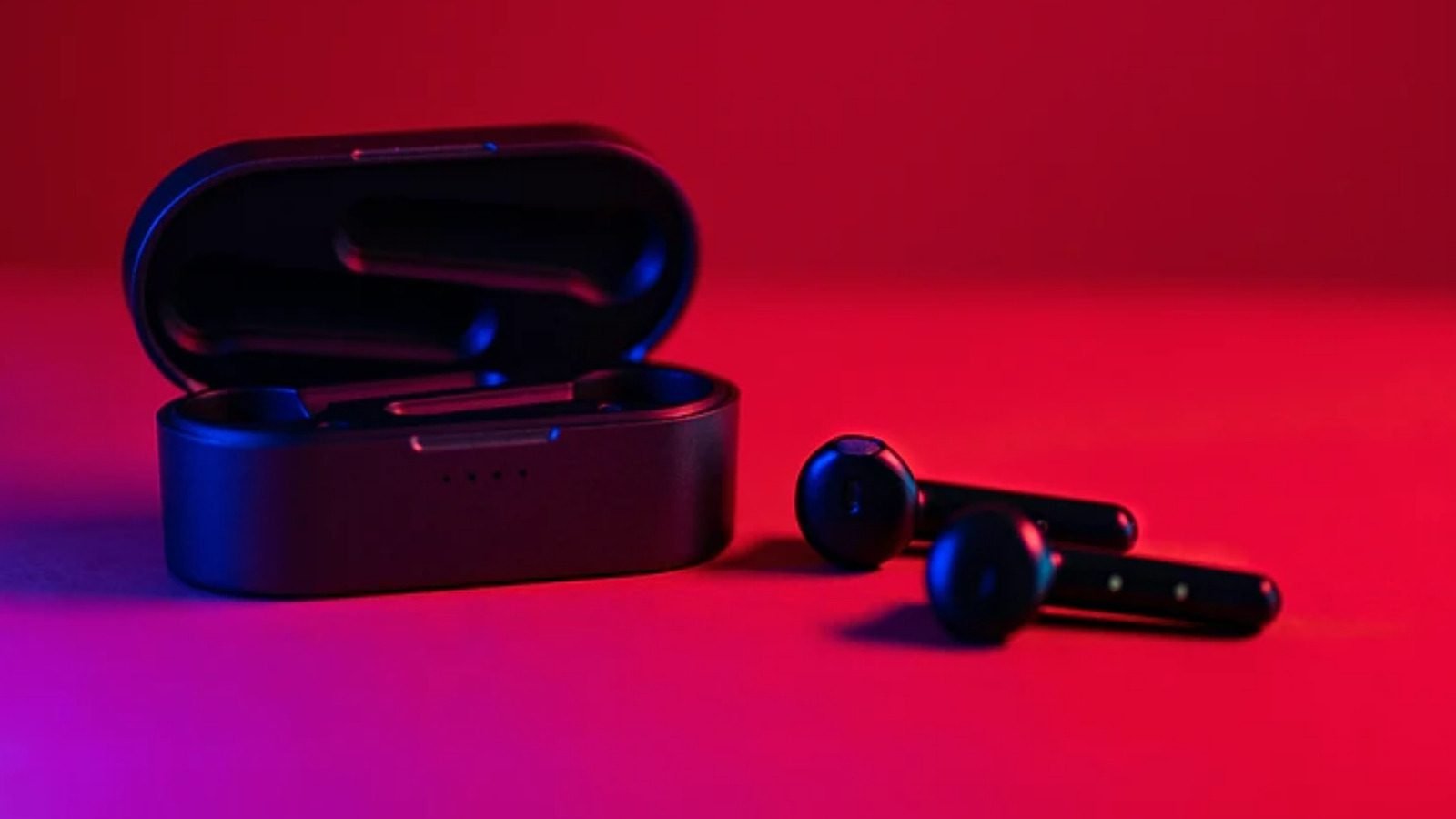Table of Contents
Highlights
- Urban noise cancellation technology blocks out traffic, chatter, and engine sounds, giving commuters clear, immersive audio even in crowded city environments.
- Sony WF-1000XM5 and Bose QC Earbuds II offer top-tier ANC for traffic, engine, and ambient city noise.
- Budget options like Sony WF-C710N provide practical ANC and long battery life under ₹10,000 for daily commuters.
- Comfort, water resistance, and multipoint connectivity are key to choosing earphones based on commuting style.
Indian cities offer quite a gamut of noises, going from traffic to honking, announcements, pedestrian sounds, and even that small whiff of air when on a motorcycle or two-wheeler.
ANC should cancel low-frequency noises (engine noise, rumblings) and mid-frequency noises (voices, horns) well, without any distortion of sound, for it to be a practical application for earphones. Comfort is a big deal—if the drivers or buds are too hard or won’t remain in place, they’ll hurt or fall out when moving around. Battery life must be sufficient for long travel days.
Controls and ruggedness (sweat, occasional rain, commute jostling) are additional concerns. A sound signature that maintains clarity under podcasts, calls, and music in noisy environments is also crucial.

Flagships: When You Want the Best
- Sony WF-1000XM5: These headphones are as premium as it gets in terms of performance as well as cost. It comes with an Integrated Processor V2 as well as the HD Noise Canceling Processor QN2e, which work together to offer very powerful suppression of low-frequency ambient noise. Critics mention its ANC as being among the best, speaking words of silence, even while engines thunder or buses vibrate.
The audio engine is centered around an 8.4 mm Dynamic Driver X, and incorporates high-resolution codecs such as LDAC, as well as Sony’s DSEE Extreme upscaling. For the commuter with multiple devices (phone + laptop/tablet), multipoint Bluetooth is helpful, and “Speak-to-Chat,” quick ambient modes, and good wind performance make a difference on the go. Case wireless charging is included, and the earbud casing itself is IPX4 rated for water resistance.
Battery life is about 8 hours using ANC (music playback), with more from the case. On long travel days, this translates to being able to get through a commute round-trip and some work or video calls, but recharging frequently (or lugging around the case) remains an issue. The drawback is expense: as of its recent release, it’s more than ₹24,000 standard, though promotions have occasionally seen it come in around ₹22,000. For a daily commuter who desires near-best sound and noise cancellation, it’s a solid investment.
- Bose QuietComfort Earbuds II: The Earbuds II are one of the strongest when dealing with ANC in real-world situations. They offer substantial cancellation of ambient noise, particularly traffic and low rumble, with the transparency and ambient modes beneficial when you’re trying to hear announcements or cross the street.

For travelers, the result is less distraction on the journey, but still being able to remain situationally aware when necessary. Bose’s “CustomTune” tunes sound to ear shape, improving seal and therefore ANC performance. Battery life is around 6 hours per charge with ANC; the charging case extends this.
Some users say the fit or tips require adjustment for comfort over extended sessions, particularly if on the move. Price-wise, they are usually offered for less than NPR 15,000-17,000, depending on the deal, quite cheap for serious users who may not want every flagship luxury but still want the best with ANC.
Budget-Friendly & Practical
Noise cancellation worth its price at the flagship level still comes at a hefty price tag, but there are earbuds in the budget category providing a “good enough” ANC that can muffle traffic noise, engine rustling, and office white noise.
For most commuters, having something that actually cuts noise, albeit imperfectly, is preferable to nothing. Companies in this class tend to sacrifice battery, driver size, or ANC depth, but the features they provide, such as comfortable tips, splash or sweat resistance, or charging speed for the case, can be a huge difference-maker.
For instance, Sony’s more budget-friendly WF-C710N (released around ₹8,990) includes dual noise sensor technology, AI-based calling features, and a battery life of up to 40 hours with the case. Although its ANC will not be on par with the best models, for regular commuting use—noise on public transport, bus rides, announcements at the station—it will be able to noticeably cut down on external disruption.

Common Trade-Offs: What You Should Know Going In
Fit and seal are as important as the internal ANC components. If the earbuds fail to seal in your ears, the noise cancellation will be compromised, and bass or clarity may be reduced. For city use (walking, cycling), re-tipping or fiddling with tips is crucial. Wind noise is another prevalent problem. Most earphones work just fine indoors or in cars, but poor wind blocking or construction lets wind seep into the microphone or driver, causing sound distortion or allowing ambient sound to invade. Modes such as “wind noise suppression” or multiple mics per bud assist.
Battery life with ANC enabled is always shorter, usually by 30-40% or more than with passive or no-ANC use. The case does help, but on long days of travel, you’ll either need the case within reach or plan on recharging midday. The charging speed of the case and the earbuds themselves plays an important role in pragmatism. Other aspects that are often not taken care of are mainly the durability and post-sales support. Good post-sales warranty support and spare tips, cases, etc., availability should be factored in.
How to Choose Based on Your Commuting Style
The greatest model is based on where and how you commute. If you ride most of the time with noise within vehicles (train, bus), flagships with good low-frequency ANC (such as Sony WF-1000XM5 or Bose QC Earbuds II) are likely to provide quiet. If you’re walking or cycling, wind and road noise require a model with a good mic array and reasonable sealing, even in mid-range.

If battery charge opportunities are infrequent (long journeys, overnight), optimize battery life and consider the case. If you frequently alternate between phone and laptop, seek out multipoint connectivity. If some of your commute time is spent outdoors or in the rain, opt for water/splash resistance. For mobility carry, weight and size do count. Compaq-sized charging cases that fit in coat pockets, light buds that do not strain ears, are preferable to humongous ones that deliver additional hours but are inconvenient.
Lastly, keep a sound signature about it: some like heavy bass earbuds (for tunes), some desire voice and clarity (for podcasts or calls). Most askew earbuds have the option to customize EQ or sound profile through their apps.
Conclusions: Which Earphones are Best in Each Segment
When money is less of an issue and you desire the best-level noise cancellation and sound, the Sony WF-1000XM5 is still one of the greatest all-around options for city commutes seeking silence, fidelity, and ruggedness. If you desire excellent ANC in particular, the Bose QuietComfort Earbuds II provide great suppression with ease of wear and features well-suited to regular travel.
In the mid-tier, Samsung Galaxy Buds2 Pro and Nothing Buds Pro find the sweet spot between price and performance. They are good options for commuters who desire high quality but not a bulging cost. For wired consumers or those who prefer less complicated, more compact devices, such as the boAt BassHeads-122 ANC Wired Earphones, there’s a budget-friendly option for noise canceling.

For cost-effective commuters or short travels, products like Sony WF-C710N keep driving what is possible for less than ₹10,000, providing effective noise cancellation and respectable battery life without draining the wallet.